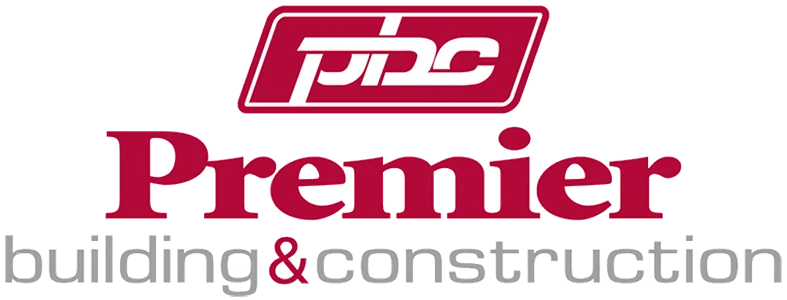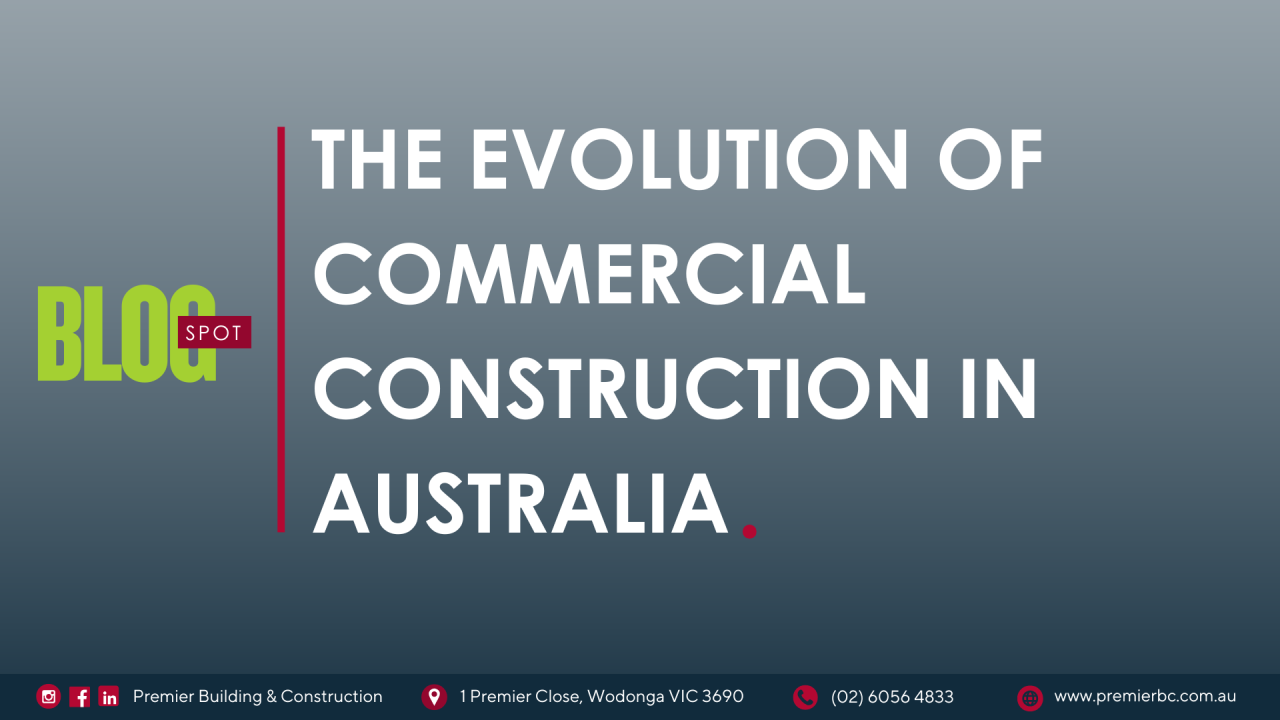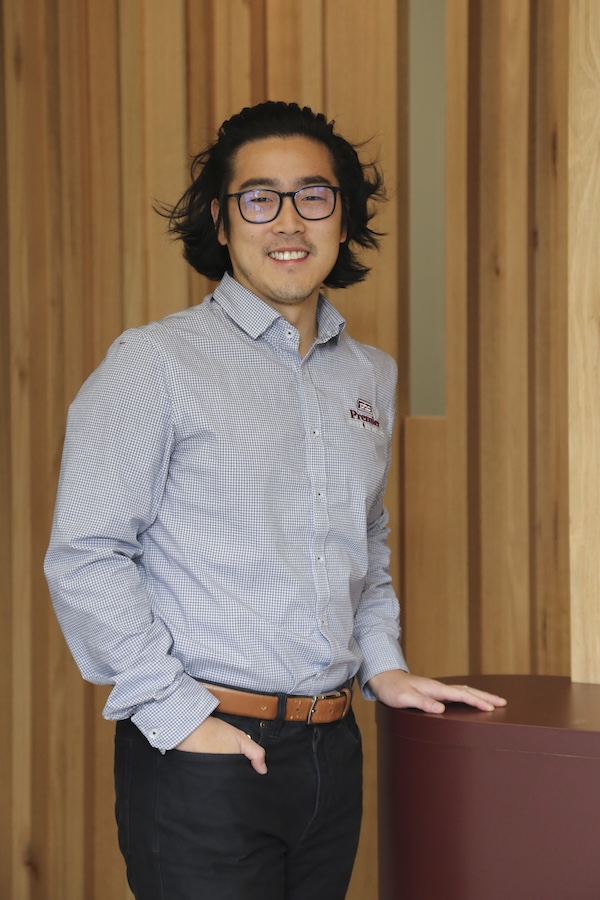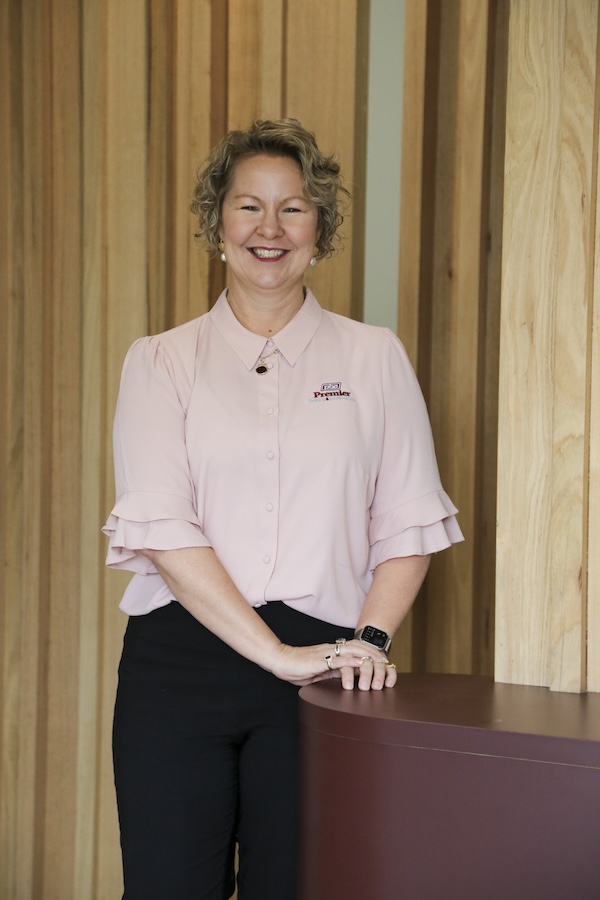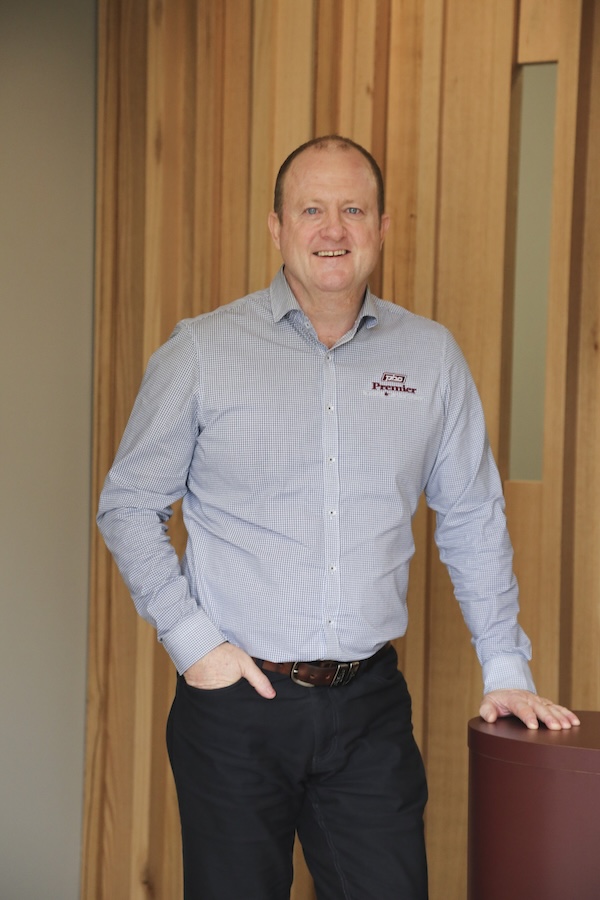By Premier Building & Construction
Over the past two decades, the commercial construction industry in Australia has undergone significant transformation. Advancements in technology, materials, and sustainability practices have reshaped how projects are planned, designed, and delivered. At Premier Building & Construction, we have seen firsthand how these shifts have redefined what it means to build for the future.
1. Technological Advancements in Construction
Technology continues to revolutionise the commercial construction sector, enhancing precision, collaboration, and efficiency. Key developments include:
🔹 Building Information Modelling (BIM):Improving coordination between teams, reducing design errors, and enabling better project outcomes.
🔹 Drones and 3D Scanning:Allowing for faster, more accurate site assessments and real-time project monitoring.
🔹 Prefabrication and Modular Construction: Reducing construction timelines, minimising waste, and improving overall site efficiency.
At Premier, integrating tools like BIM and prefabricated construction methods has enhanced our ability to deliver complex projects efficiently while maintaining high standards of quality and safety.
2. Advancements in Building Materials
The materials shaping today’s commercial buildings are lighter, stronger, and more environmentally responsible than ever before. Key innovations include:
🔹 High-Performance Concrete and Steel:Offering enhanced structural resilience and longevity.
🔹 Smart Glass and Thermal Insulation:Improving energy efficiency and occupant comfort.
🔹 Recycled and Sustainable Materials: Supporting environmental stewardship while meeting rigorous construction standards.
Using durable, efficient materials has become standard practice across our projects, contributing to better performing, longer-lasting assets for our clients and communities.
3. Sustainability and Green Building Practices
Sustainability has moved from an emerging trend to an essential consideration in commercial construction. Key changes across the industry include:
🔹 Green Star Certification:Setting new benchmarks for environmental performance.
🔹 Renewable Energy Integration:Embracing solar, energy-efficient systems, and water-saving technologies.
🔹 Waste Reduction Initiatives: Improving onsite recycling and minimising landfill contributions.
Embedding sustainable design and construction practices into each stage of a project helps reduce environmental impact while delivering operational savings and community benefits.
4. The Future of Commercial Construction
Looking ahead, commercial construction is expected to continue evolving, driven by digital innovation and a commitment to sustainability. Emerging trends include:
🔹 Artificial Intelligence (AI) and Robotics:Enhancing project planning, resource management, and on-site safety.
🔹 Carbon-Neutral Construction:Moving towards buildings that produce zero net emissions.
🔹 Smart Buildings and IoT Integration: Enabling real-time monitoring and performance optimisation across facilities.
Staying informed and adaptive to these changes is essential to delivering projects that meet not only today’s needs but also tomorrow’s expectations.
Continuing to Build for the Future
Since our first project, a simple community facility in Corowa, Premier Building & Construction has grown alongside the industry. Across 19 years of operation, we have embraced change, refined our practices, and maintained a commitment to delivering lasting, high-quality outcomes for our clients and communities. The evolution of commercial construction is ongoing, and we are proud to contribute to shaping its future.
